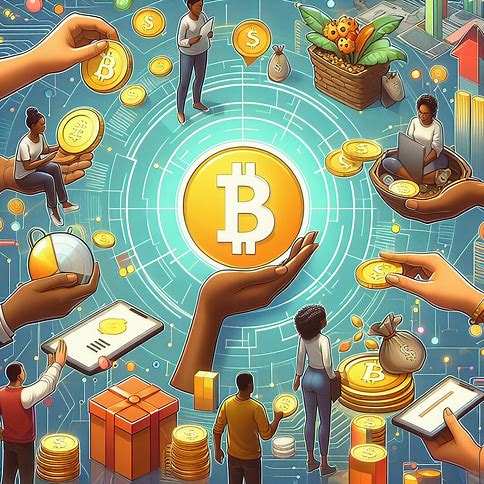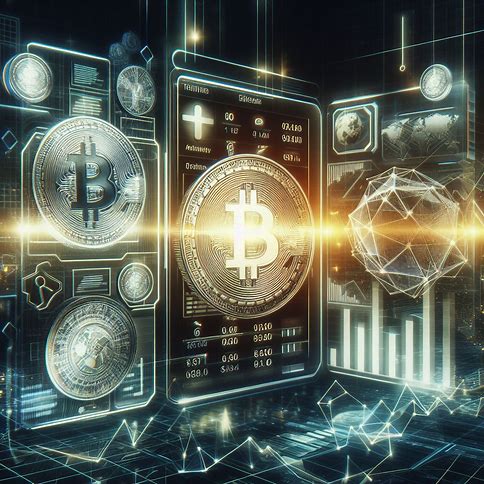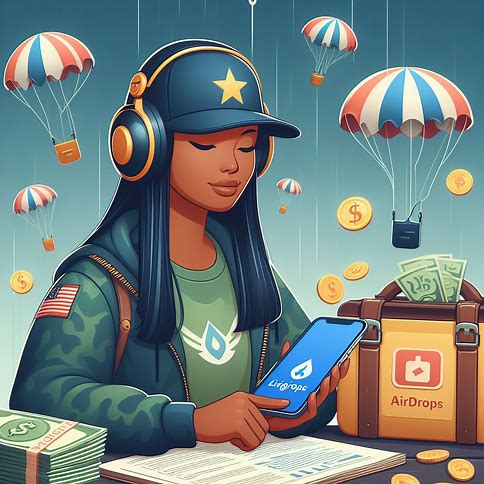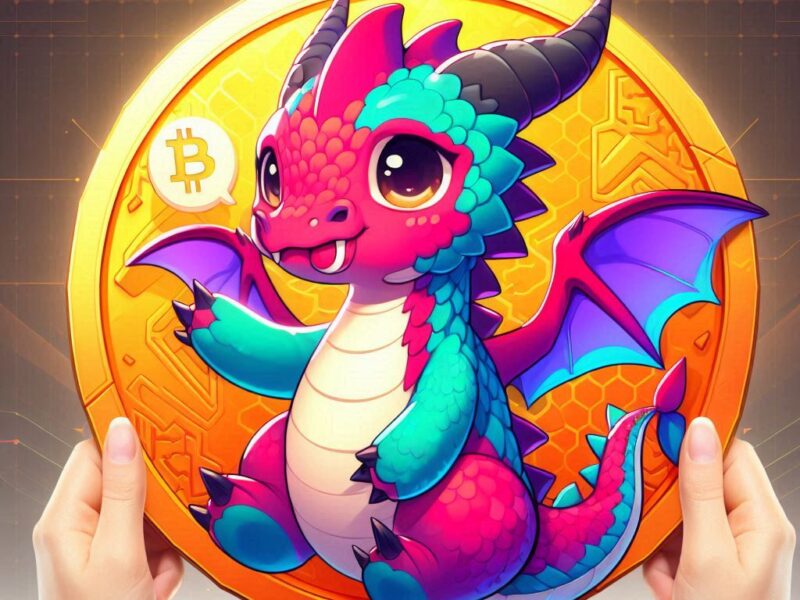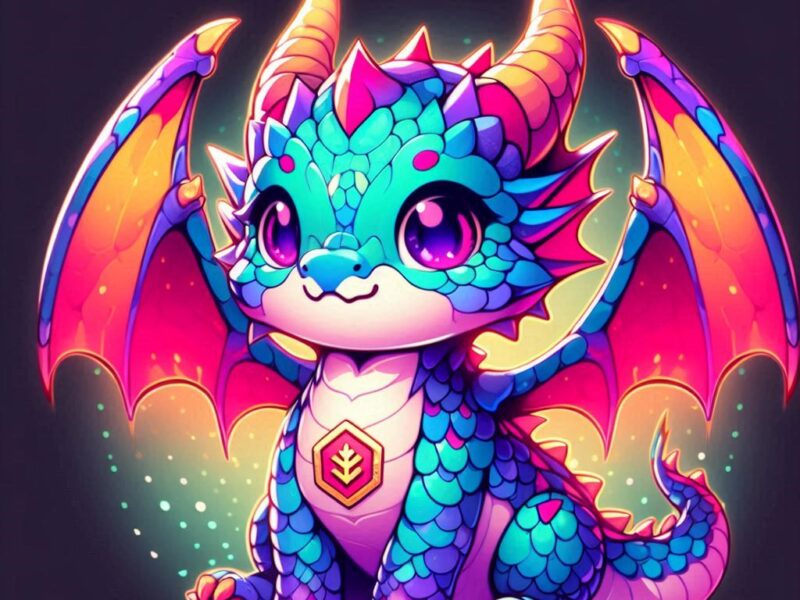Buying NFTs with cryptocurrency is easier than you might think.
1. Understanding the Basics of NFTs and Cryptocurrency
Before we get mainly into the buying of NFTs with cryptocurrency, it’s essential to understand the basics of these two technologies.
What are NFTs?
NFTs, or non-fungible tokens, are unique digital assets that are verified on a blockchain. They can represent anything from art and music to videos and even virtual real estate. Unlike cryptocurrencies like Bitcoin, which are fungible (meaning each unit is interchangeable), each NFT is one-of-a-kind and has its own distinct value.
What is Cryptocurrency?
Cryptocurrency is a digital or virtual currency that is secured by cryptography, making it nearly impossible to counterfeit or double-spend. Bitcoin, the first and most well-known cryptocurrency, was created in 2009. Since then, numerous other cryptocurrencies, such as Ethereum, Litecoin, and Binance Coin, have emerged.
How are NFTs and Cryptocurrency Related?
NFTs are bought and sold using cryptocurrency, particularly Ethereum (ETH). This is because most NFTs are built on the Ethereum blockchain, which provides a secure and decentralized platform for creating, storing, and trading these unique digital assets.
2. Setting Up a Cryptocurrency Wallet
To buy NFTs with cryptocurrency, you’ll first need to set up a digital wallet that supports the cryptocurrency you plan to use. For the purposes of this guide, we’ll focus on Ethereum, as it’s the most widely used cryptocurrency for NFT transactions.
Choosing a Wallet
There are several types of Ethereum wallets to choose from, including:
– Software wallets: These are apps that you can download on your computer or smartphone, such as MetaMask, MyEtherWallet, and Trust Wallet.
– Hardware wallets: These are physical devices that store your cryptocurrency offline, providing an extra layer of security. Examples include Ledger and Trezor.
– Web wallets: These are online wallets that you can access from any internet-connected device, such as Coinbase Wallet and Fortmatic.
For beginners, we recommend starting with a software wallet like MetaMask because it is user-friendly and widely supported by NFT marketplaces.
Installing and Setting Up Your Wallet
Once you’ve chosen your wallet, follow these steps to set it up:
- Download and install the wallet app or browser extension.
- Create a new wallet and securely store your recovery phrase (a 12-24 word phrase that acts as a backup for your wallet).
- Set a strong password for your wallet.
- Add the Ethereum network to your wallet (this should be automatic for most wallets).
3. Buying Ethereum (ETH)
You will need to purchase some Ethereum to fund your NFT purchases. There are several ways to buy ETH, including:
Cryptocurrency Exchanges
Cryptocurrency exchanges are online platforms where you can buy, sell, and trade cryptocurrencies. Some popular exchanges that support ETH include Coinbase, Binance, Kraken, and Gemini. To buy ETH on an exchange:
- Create an account and complete the necessary verification steps.
- Link your bank account or credit card to your exchange account.
- Navigate to the ETH trading page and place an order to buy the desired amount of ETH.
- Once your order is filled, withdraw the ETH to your digital wallet.
Peer-to-Peer (P2P) Marketplaces
P2P marketplaces, such as LocalCryptos and Paxful, allow you to buy ETH directly from other users. These platforms often support a wide range of payment methods, including bank transfers, PayPal, and even gift cards.
Bitcoin ATMs
Some Bitcoin ATMs now support the purchase of ETH. To find a Bitcoin ATM near you, use a service like Coin ATM Radar. Keep in mind that Bitcoin ATMs often charge higher fees compared to other methods.
Related: How To Sell An NFT On OpenSea
Once you’ve purchased ETH, make sure to transfer it to your digital wallet. Your wallet’s public address is what you’ll use to receive the ETH. Double-check the address before initiating the transfer to avoid any mistakes.
4. Choosing an NFT Marketplace
So after your Ethereum wallet has been funded, you proceed to browsing NFT marketplaces. There are numerous marketplaces to choose from, each with its own unique features, curated collections, and user communities. Some popular NFT marketplaces include:
OpenSea
OpenSea is the largest and most well-known NFT marketplace, offering a wide variety of digital assets, including art, music, domain names, virtual worlds, and more. The platform supports multiple blockchains, including Ethereum, Polygon, and Klaytn.
Rarible
Rarible is a community-owned NFT marketplace that allows creators to mint and sell their own NFTs. The platform has a strong focus on art and collectibles and uses its own token, RARI, for governance and rewards.
Nifty Gateway
Nifty Gateway is an NFT marketplace known for its high-profile drops from artists, musicians, and brands. The platform has a user-friendly interface and supports credit card payments, making it accessible to those new to cryptocurrency.
SuperRare
SuperRare is an NFT marketplace focused on single-edition digital artworks. The platform has a strong emphasis on curation and features a diverse range of established and emerging artists.
5. Buying Your First NFT
Once you’ve chosen an NFT marketplace and connected your Ethereum wallet, you’re ready to make your first NFT purchase. Here’s a step-by-step guide using OpenSea as an example:
Browse and Select an NFT
On the OpenSea homepage, you can browse featured collections, explore different categories, or use the search bar to find specific NFTs. When you find an NFT you like, click on it to view the listing page.
Check the Details and Price
On the NFT listing page, you’ll find information about the asset, including its name, description, properties, and transaction history. Pay close attention to the price, which will be listed in ETH.
Place a Bid or Buy Now
If the NFT is being sold through an auction, you’ll need to place a bid equal to or higher than the current highest bid. If the NFT has a fixed price, you can click the “Buy Now” button to purchase it immediately.
Confirm the Transaction
After placing a bid or clicking “Buy Now,” you’ll be prompted to confirm the transaction in your Ethereum wallet. Make sure to review the details, including the price and any associated gas fees (the cost of processing the transaction on the Ethereum blockchain). Once you’ve confirmed the transaction, the NFT will be transferred to your wallet.
6. Storing and Managing Your NFTs
After purchasing an NFT, it’s essential to store and manage it securely. Here are some best practices:
Keep Your Wallet Secure
Always keep your wallet’s recovery phrase and private keys safe and confidential. Never share them with anyone, and consider using a hardware wallet for added security.
Regularly Backup Your Wallet
Regularly back up your wallet to ensure you can access your NFTs even if your device is lost, stolen, or damaged.
Be Cautious When Trading or Transferring NFTs
When trading or transferring NFTs, always double-check the recipient’s wallet address to avoid sending them to the wrong person. Consider using a platform with built-in escrow services for added protection.
Stay Informed and Engage with the Community
Keep up with the latest news and developments in the NFT space, and engage with the community to learn from others and discover new opportunities. Follow your favorite artists, collectors, and marketplaces on social media, and participate in online forums and discussions.
Frequently Asked Questions
1. Do I need to buy a whole Ethereum to purchase an NFT?
No, you don’t need to buy a whole Ethereum to purchase an NFT. Ethereum, like most cryptocurrencies, is divisible to many decimal places. The smallest unit of Ethereum is called a “wei,” and one Ethereum is equal to 10^18 wei. Most NFT prices are listed in ETH, and you can buy fractions of an ETH to match the price of the NFT you want to purchase.
2. Can I buy NFTs with cryptocurrencies other than Ethereum?
While Ethereum is the most widely used cryptocurrency for buying NFTs, some marketplaces support other cryptocurrencies, such as Bitcoin, Binance Coin, and Polygon (MATIC). However, keep in mind that you may need to first exchange these cryptocurrencies for ETH to purchase NFTs on Ethereum-based marketplaces.
3. How do I know if an NFT is authentic or valuable?
To determine the authenticity and value of an NFT, consider factors such as the reputation of the artist or creator, the rarity and uniqueness of the asset, and the history of the NFT’s ownership and sales. Look for verified accounts and collections, and be cautious of deals that seem too good to be true. Additionally, researching the NFT’s metadata and smart contract can help you verify its authenticity.
4. What are gas fees, and why do I need to pay them?
Gas fees are the costs associated with processing transactions on the Ethereum blockchain. When you buy, sell, or transfer an NFT, you’ll need to pay gas fees to compensate for the computational power required to validate and record the transaction. Gas fees can vary based on network congestion and the complexity of the transaction.
5. Can I sell the NFTs I’ve purchased?
Yes, you can sell the NFTs you’ve purchased on various NFT marketplaces. To sell an NFT, you’ll typically need to connect your Ethereum wallet to the marketplace, navigate to the NFT’s page, and click the “Sell” button. You can then choose an auction or fixed-price listing and set your desired price. Keep in mind that you may need to pay gas fees when listing and selling your NFTs.
6. Are NFT purchases taxable?
The tax implications of buying and selling NFTs can vary depending on your country of residence and the specific circumstances of your transactions. In many cases, NFTs are treated as property for tax purposes, and their sale may be subject to capital gains taxes. It’s essential to keep accurate records of your NFT transactions and consult with a qualified tax professional to understand your obligations.
7. What risks should I be aware of when buying NFTs with cryptocurrency?
Some risks to consider when buying NFTs with cryptocurrency include market volatility, liquidity risks, and the potential for fraud or scams. The value of cryptocurrencies and NFTs can fluctuate significantly, and there’s no guarantee that you’ll be able to sell your NFTs for a profit. Additionally, some NFT projects may be fraudulent or fail to deliver on their promises, so it’s essential to conduct thorough research before investing. Always store your NFTs and cryptocurrency in a secure wallet, and be cautious when interacting with unknown parties or projects.
